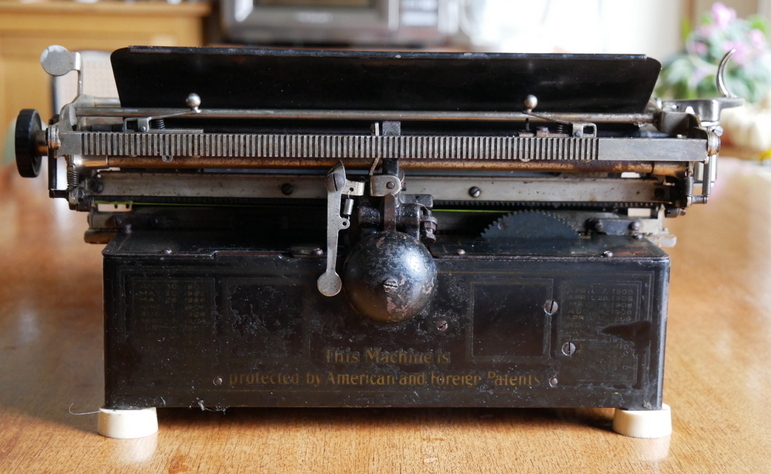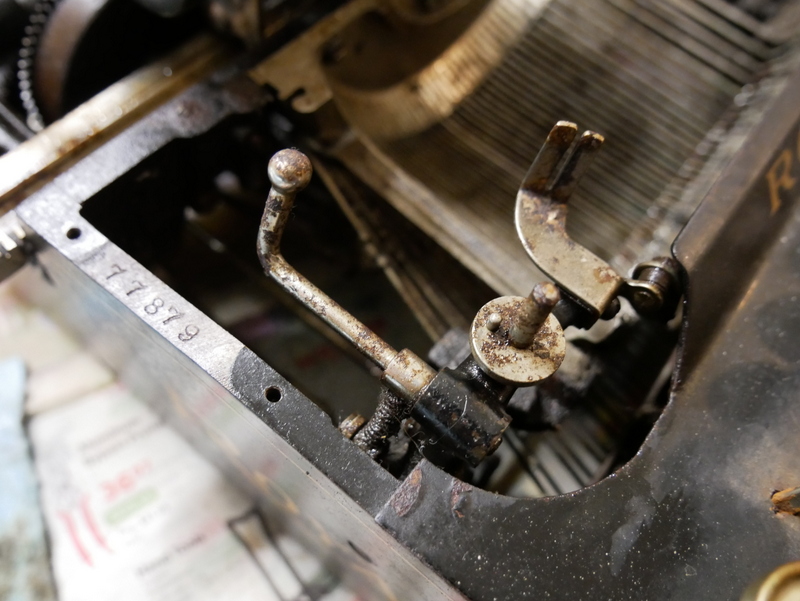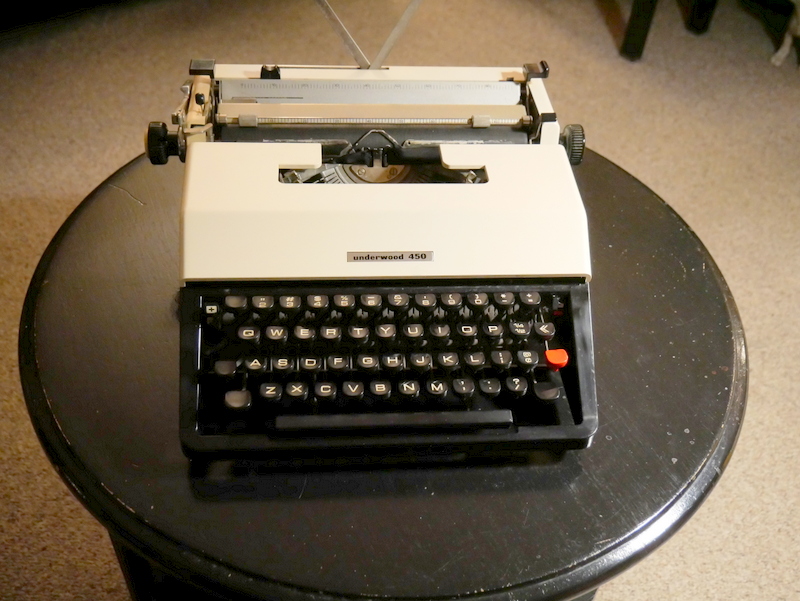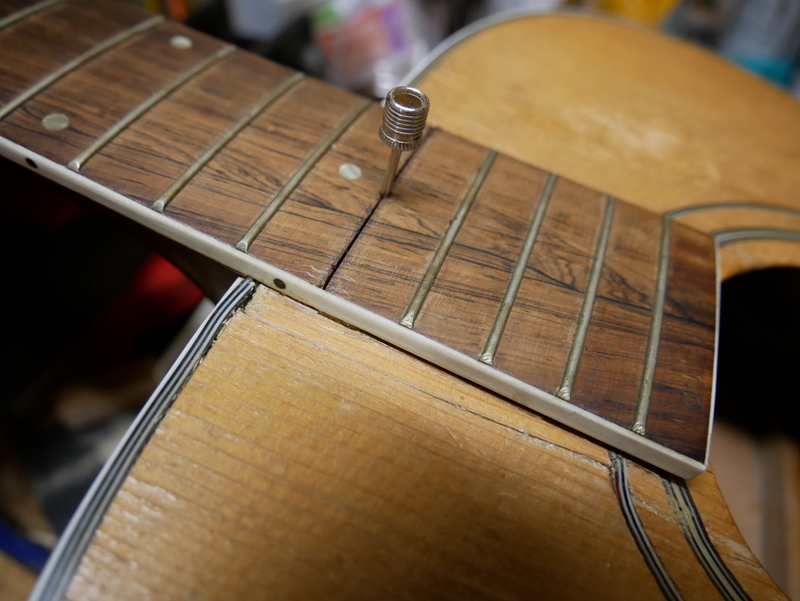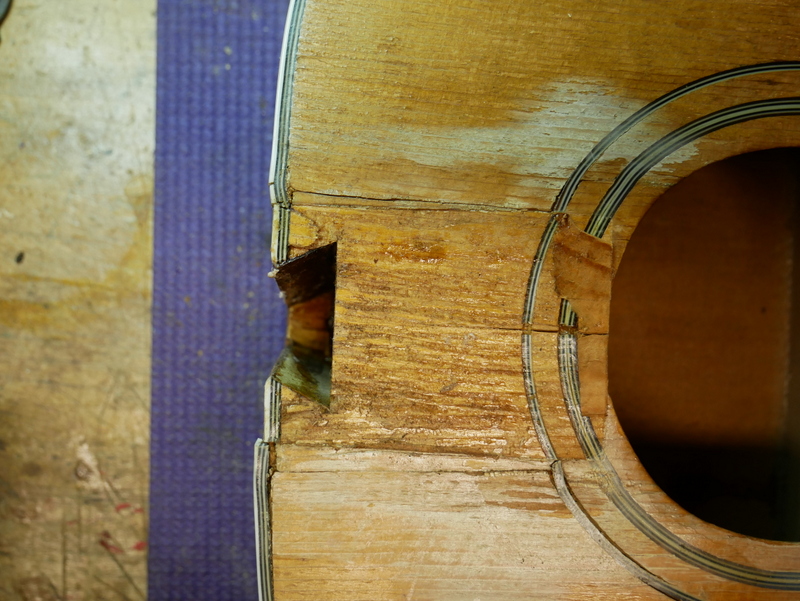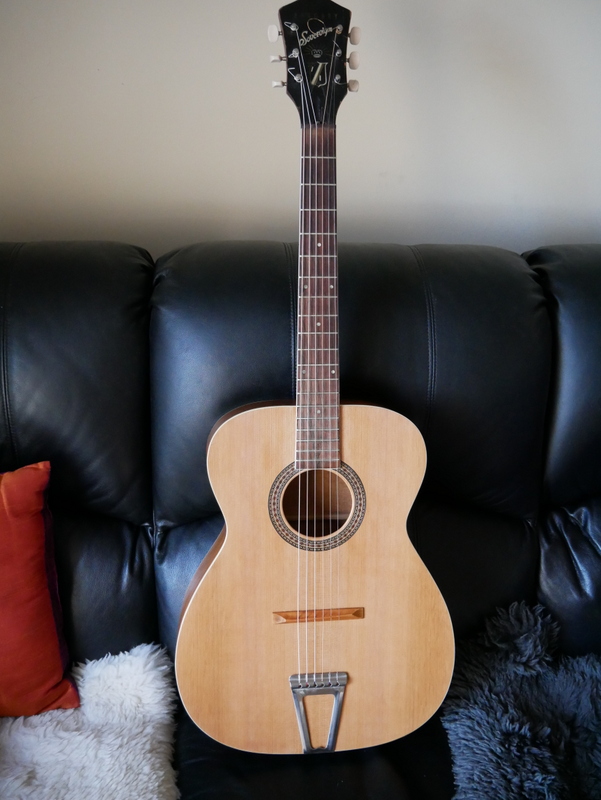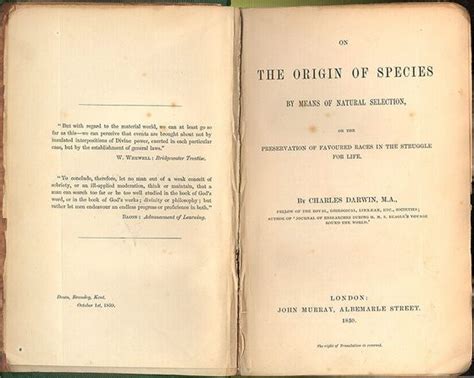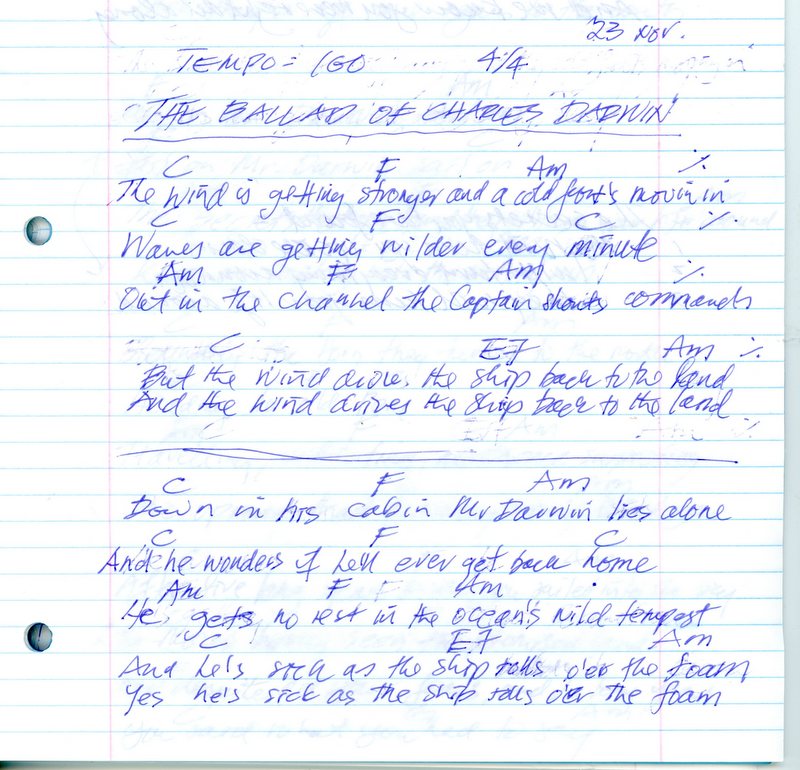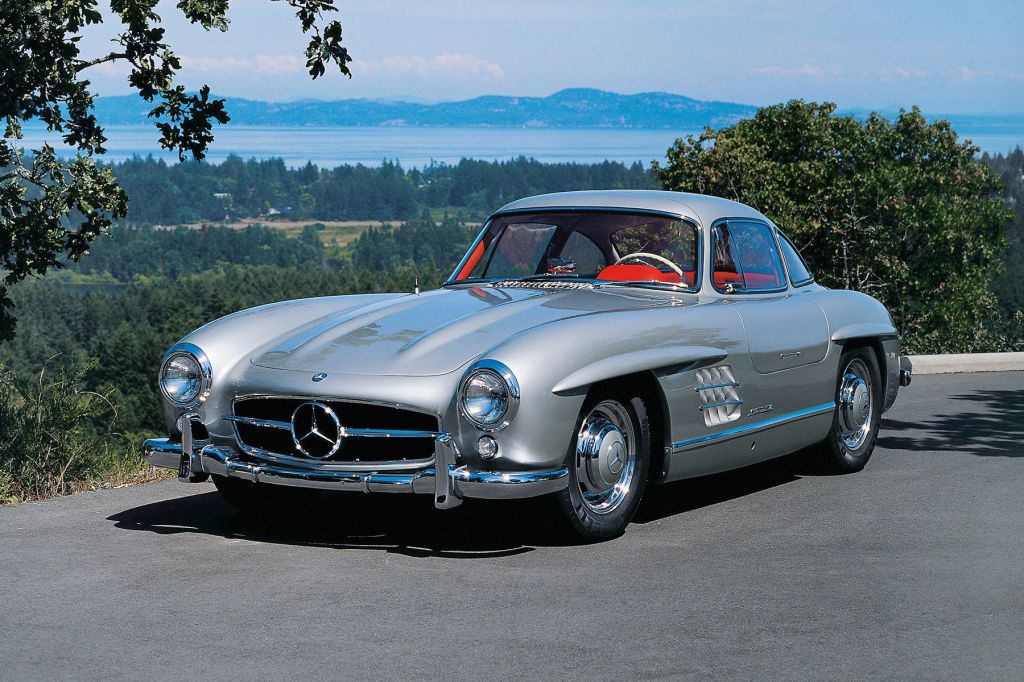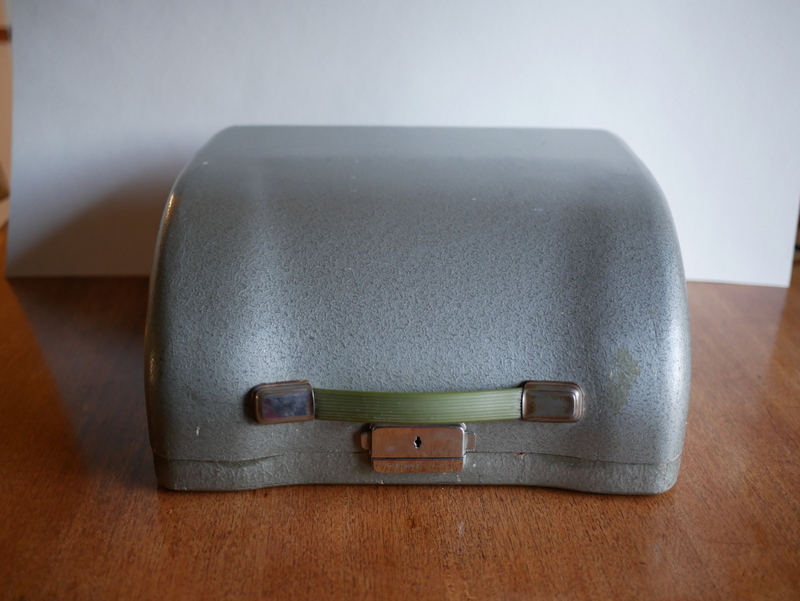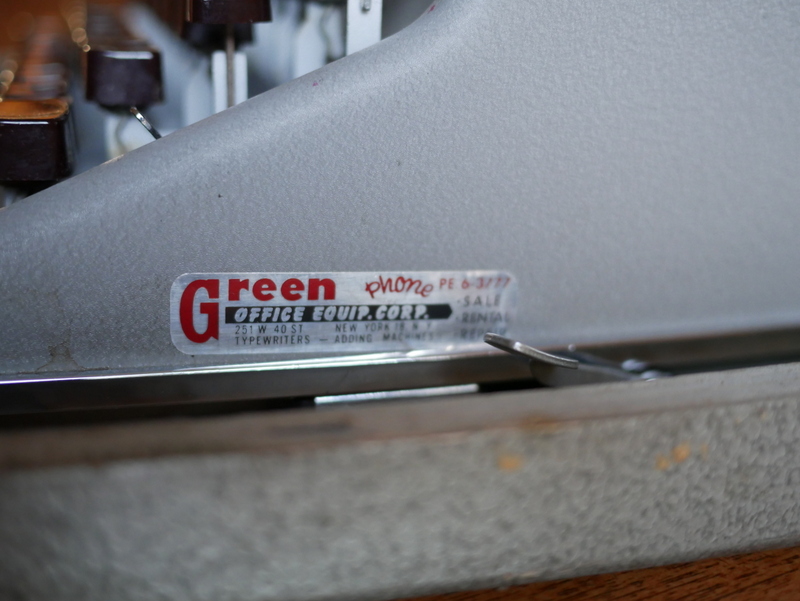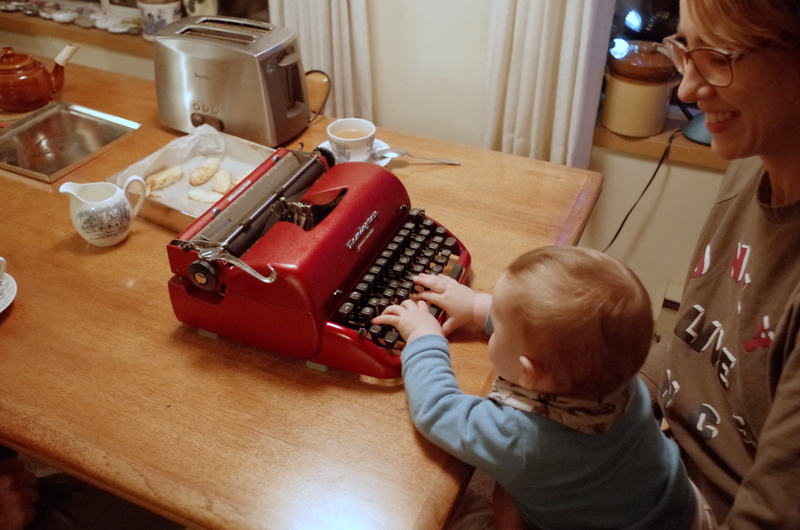I recently wrote a song entitled “What Were You Thinkin?” about a stolen Lincoln. The best picture I could find on line was this:
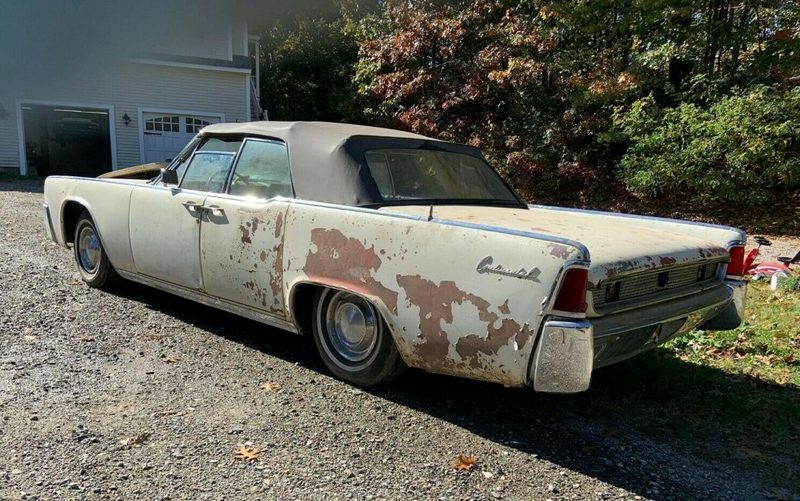
I wanted something closer to what I imagined the stolen Lincoln would look like, so I consulted Microsoft Co-Pilot, and it generated this montage, complete with the lawn and a trailer home; much closer to what I was thinkin! So far I haven’t asked for Co-Pilot to put a baseball team inside the car, but that might be interesting…

Here is a clip of the first verse and chorus from my demo, recorded on a cell phone. I was using the camera to record video when I did this one, but I have switched to using Dolby On, a free app that produces surprisingly good quality audio recordings.
(G) It gets 3 miles a (E7) gallon and the (A7) steering (D7) sucks
(G) But the trunk is as (E7) big as a (A7) pickup (D7) truck
It (C) corners worse than a (G) Greyhound (E7) bus
Takes (A7) premium gas and it’s (D7) riddled with rust
The (C) seats are torn and they’re (G) growing (E7) mould
It’s a (A7) colour combination of (D7) brown and gold
You can (C) fit a baseball (G) team (E7) inside
It’s the (Am) same old (D7) heap in which (G) Kennedy died
(G) What were you (C) thinkin’
(C) When you stole my (G) Lincoln
(G) Last night it was (A7) parked on the lawn
(A7) But this (D7) morning it was gone
(D7) What were you (C) thinkin’
(D7) When you stole my (G) Lincoln














